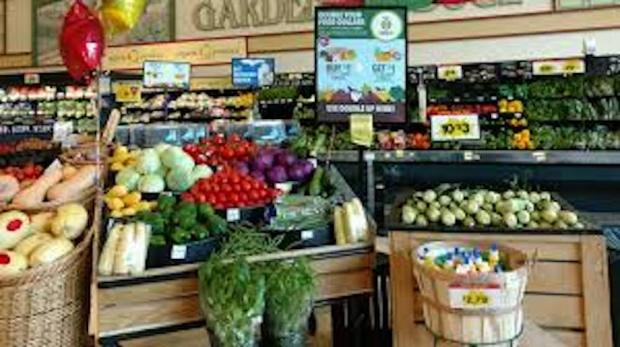Capturing The Power of Digital Coupons

Consumers love digital coupons — there’s no doubt about that fact. Forty-four percent of them rank digital coupons as the most important omnireadiness feature, according to PYMNTS’ most recent Omni Usage Index™, a Vantiv (now Worldpay) collaboration.
Everyone likes the savings, but no one wants to clip the offerings at the kitchen table like Mom used to. Instead, they want to use a click on a smartphone and get moving forward.
It is unsurprising, then, that digital coupons have been on the march of late, and all across the retail environment. In fact, one small, regional grocery chain is hoping it can put them to great effect.
SpartanNash is likely not familiar to those who grocery shop outside of Michigan and the upper Midwest, since that is the region to which the chain is confined. According to a store representative, it is not an easy time to be a small grocery merchant in America, particularly as it becomes increasingly squeezed by big-box players like Walmart and Target on one side and massively scaled grocery chain players like Kroger and Ahold-Delhaize on the other.
That’s not including additional emerging pressure point coming through the expansion of Amazon into grocery with its big Whole Foods Markets purchase last year, and the subsequent perks rollouts like delivery-on-demand.
How does a small chain keep up.?
One doesn’t try to, according to the aforementioned representative — one accepts that no matter what one does, it is never going to be Walmart, Amazon or Kroger.
Then it accepts that that is okay, that it doesn’t need to quit the field just because it can’t dominate and that it just needs to figure out how to offer grocery shoppers enhanced experiences that build on why they shop a particular store in the first place.
For many of SpartanNash’s most loyal shoppers, that means they like the small experience and are looking for ways to enhance that interpersonal connection — one that is harder to build in a 150,000-square-foot facility. The company has been forced to level up its digital business, launching its first eCommerce site, Fast Lane, a year ago and immediately doubling down by offering curbside pick-up and home delivery of its own.
More recently, it has also meant moving to incorporate digital coupons. Customer who order online — whether for pickup or delivery — will receive an automated message whenever they purchase something with which a digital coupon is associated. Items with coupons will also be flagged onsite so customers will know there is an offer on which they can be acting.
Fast Lane has been in the market about six months, and curbside pick-up is available at approximately 40 of SpartanNash’s stores — including at Family Fare Supermarkets, D&W Fresh Market, Forest Hills Foods and VGs locations across Michigan and South Dakota. Fast Lane at-home delivery is a bit more rare, with only three stores implementing it in Michigan.
It remains a challenging landscape, as SpartanNash faces competition on all sides and competitors are focusing on digital at an alarming rate. Walmart made it clear earlier this week that it intends to double the reach of its grocery pick-up option, Amazon is handing out more discounts and Target recently acquired delivery firm Shipt to aggressively ramp up its own grocery eCommerce platform.
Sometimes the small upgrades can make all the difference, though. Walmart customers, for example, have been complaining for almost a year that the company’s online grocery option does not integrate digital coupons — a seemingly simple fix that would please the masses.
Small changes won’t be enough to win the war for grocery, according to SpartanNash, but it doesn’t have to dominate the field to want to stay in the game.